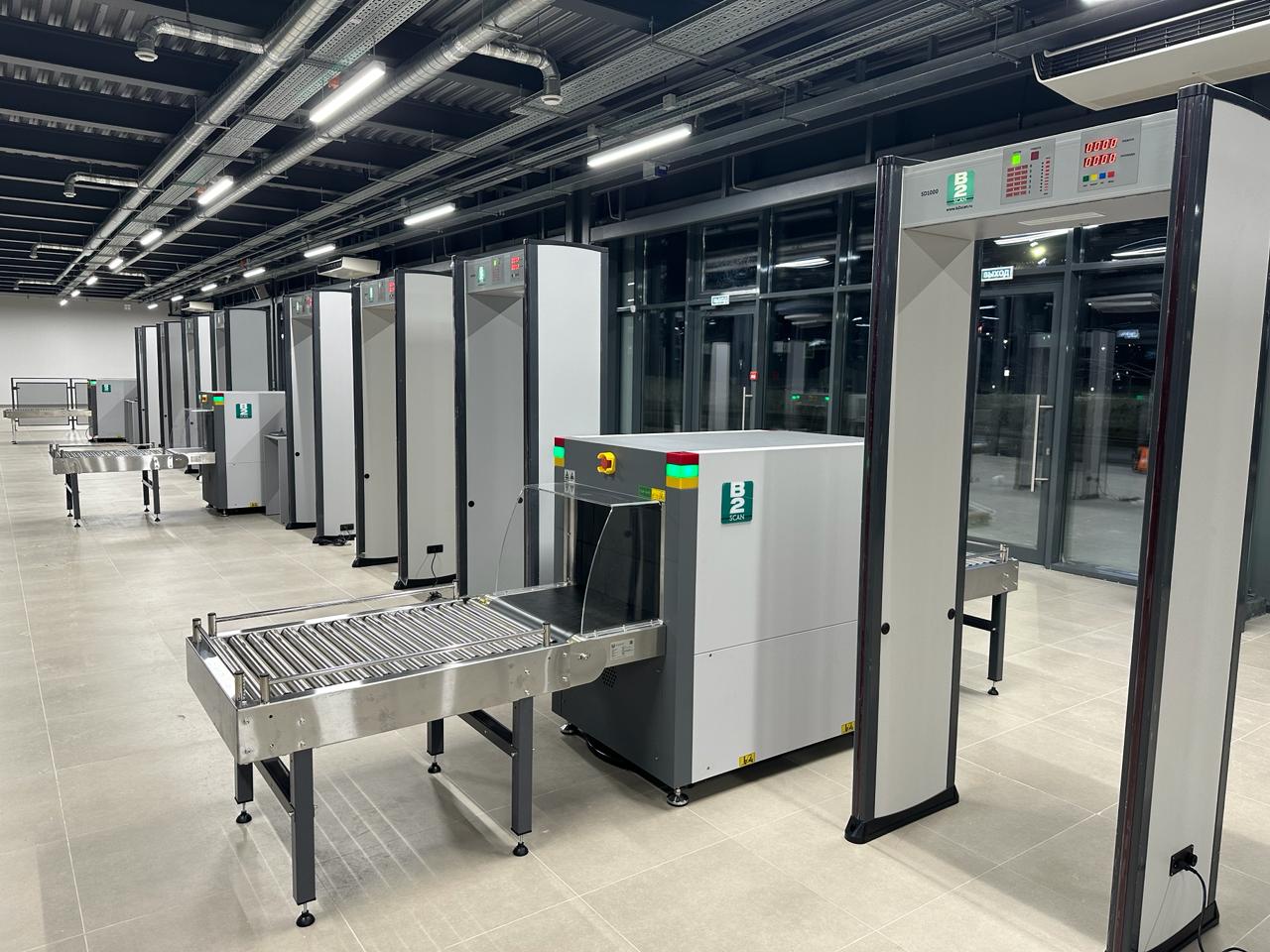
Arch metal detectors are stationary or mobile devices that detect metal objects carried through them. They are made in the form of an arch or frame, there are models made in the form of one or two panels without a connecting crossbar. Metal detectors are capable of completely scanning a person or large objects.
There are many classifications of metal detectors. They differ in the number of detection zones, the method of generating a magnetic field, the class of moisture protection of the case, the set of detection functions, throughput, etc. There are models with additional integrated modules, such as a video recorder, a radiation module, an uninterruptible power supply module.
The operation of the metal detector is based on the use of radio waves. One antenna panel sends a specially generated radio signal to another, which receives it and sends it back. The materials being scanned are resistant to electromagnetic and radio waves, so the signal, passing through them, loses its strength or does not pass the waves through itself at all. When meeting an object on the body of a person moving through the metal detector, the radio waves are reflected from it and return faster than other signals. The microprocessor of the metal detector records the time of reflection of radio waves, if the speed of reflection indicates a metal barrier, the light and sound alarm is triggered.
Arch metal detectors are easy to use, have relatively small dimensions and weight, and therefore have become widespread at transport infrastructure facilities, municipal facilities, government agencies and other public places where inspection activities are required.

B2SCAN became the implementer of public safety of the international phygital tournament "Games of the Future" in the IEC "Kazan Expo"
B2SCAN LLC has become a supplier of technological solutions to ensure the safety of participants and fans of the International Multisport Tournament “Future Games” in Kazan. The company supplied 72 stationary arched metal detectors, 30 X-ray television installations and 15 mobile systems for inspecting the undersides of vehicles to the Kazan Expo International Exhibition Center. […]
4 March 2024

The company "PK "B2SCAN" became a full Member of the Union of the "Ulyanovsk Regional Chamber of Commerce and Industry" and the Chamber of Commerce and Industry of the Russian Federation
A resident of the Ulyanovsk special economic zone, a subsidiary of B2SCAN LLC — B2SCAN Production Company LLC received a Membership card of the Ulyanovsk Regional Chamber of Commerce and Industry and the Chamber of Commerce and Industry of the Russian Federation on March 3, 2021. Membership in the oldest association of entrepreneurs in Russia […]
5 March 2021

The company "B2SCAN" congratulates you on the New Year 2025 and Christmas!
Dear friends! May the coming year become a time of fulfilling all your plans and dreams, a time of new encounters and unforgettable impressions. Wishing you strong health, personal and family happiness, vivid emotions, and the achievement of new heights! We thank all our friends and colleagues for your dedication, attention, and responsiveness. We are […]
28 December 2024